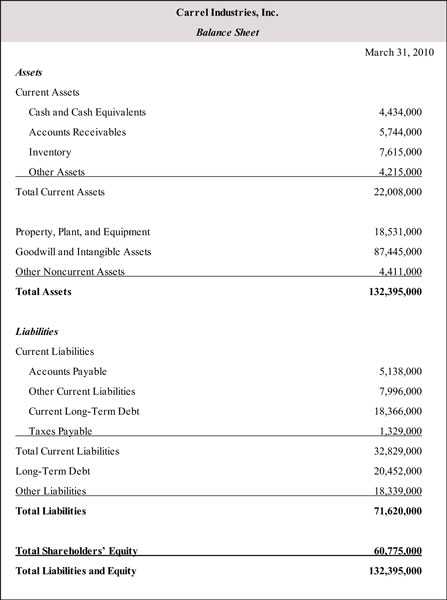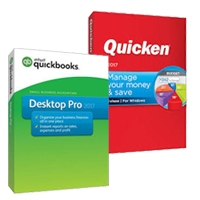Content
- Free Amortization Work Sheet
- See advice specific to your business
- Join PRO or PRO Plus and Get Lifetime Access to Our Premium Materials
- See this term in action
- How to Calculate Amortization of Loans
- Why Does Accounting Need to Consider Amortization?
- This is why fixed asset management isn’t built for spreadsheets

Please do not copy, reproduce, modify, distribute or disburse without express consent from Sage. These articles and related content is provided as a general guidance for informational purposes only. Accordingly, Sage does not provide advice per the information included. These articles and related content is not a substitute for the guidance of a lawyer , tax, or compliance professional. When in doubt, please consult your lawyer tax, or compliance professional for counsel. Sage makes no representations or warranties of any kind, express or implied, about the completeness or accuracy of this article and related content. This means that the book value of the copyright is divided by the useful life of the copyright to determine the amortization amount.
RCI Reports 1Q23 Results: Total Revenues $70.0M, GAAP EPS … – PR Newswire
RCI Reports 1Q23 Results: Total Revenues $70.0M, GAAP EPS ….
Posted: Thu, 09 Feb 2023 21:05:00 GMT [source]
As a result of this calculation, amortization schedules charge interest over time as a percentage of the principal borrowed. This is because amortization schedules must take into account the time value of money.
Free Amortization Work Sheet
People often pay off loans such as home mortgages, car loans, and credit card debt. Amortizing debt simply mean its repayment, where the type refers to the method of repayment. It keeps track of the rate at which the debtor pays both the interest and the principal, which together make up an installment .

During any accounting exercise, you must evaluate the values of these assets — every year. It can be your brand value, R&D inventions, business secrets, or intellectual properties you own. If the asset has no residual value, simply divide the initial value by the lifespan. The definition of depreciate is “to diminish in value over a period of time”.
See advice specific to your business
Amortization and depreciation differ in that there are many different depreciation methods, while the straight-line method is often the only amortization method used. Most accounting and spreadsheet software have functions that can calculate amortization automatically. You can now use Wafeq as an innovative accounting solution to run your business in an efficient way from one place. Sage Fixed Assets Track and manage your business assets at every stage. Sage Intacct Advanced financial management platform for professionals with a growing business. If one were to amortize development costs over 10 flights of the SLS rocket and Orion spacecraft, the $4.1 billion figure cited by Martin would easily double.
- Alternatively, amortization is only applicable to intangible assets.
- This variation can result in significant differences between the amortization expense recorded on the company’s book and the figure used for tax purposes.
- When amortizing intangible assets, amortization is similar to depreciation where a fixed percentage of an asset’s book value is reduced each month.
- Amortization, in general, is writing off a part of its value every year.
- There is a mathematical formula to calculate amortization in accounting to add to the projected expenses.
- Amortization helps businesses and investors understand and forecast their costs over time.
Amortization is the practice of spreading an intangible asset’s cost over that asset’s useful life. Amortization and depreciation are two methods of calculating the value for business assets over time. Since part of the payment will theoretically be applied to the outstanding principal balance, the amount of interest paid each month will decrease. Since your payment should theoretically remain https://business-accounting.net/ the same each month, more of your payment each month will apply to principal, thereby paying down the amount you borrowed over time. The beginning loan balance is amount of debt owed at the beginning of the period. This amount is either the original amount of the loan or the amount carried over from the prior month (last month’s ending loan balance equals this month’s beginning loan balance).
Join PRO or PRO Plus and Get Lifetime Access to Our Premium Materials
As we explained in the introduction, amortization in accounting has two basic definitions, one of which is focused around assets and one of which is focused around loans. Accounting and tax rules provide guidance to accountants on how to account for the depreciation of the assets over time. Interest costs are always highest at the beginning because the outstanding balance or principle outstanding is at its largest amount.
A method of progressively lowering an account balance over time is called amortization. A steadily increasing part of the debt payment is applied to the principal each month while loans are amortized.
In addition, since your payment should ideally remain constant each month, more of it will go toward the principal each month, thereby reducing the amount you borrowed. Only recognized intangible assets with finite useful lives are amortized. One notable difference between Amortization in Accounting: Definition book and amortization is the treatment of goodwill that’s obtained as part of an asset acquisition. Amortization does not relate to some intangible assets, such as goodwill. In other words, it means spreading out the value of an intangible asset over its lifetime.
What is difference between depreciation and amortization?
Amortization is the method that is used to decrease the cost of the asset over time, while depreciation is the loss in value of the asset over time. This understanding helps in better understanding the financial implications of the purchase and saving time, effort, and money.
The difference between amortization and depreciation is that depreciation is used on tangible assets. For example, vehicles, buildings, and equipment are tangible assets that you can depreciate. Depreciation is the expensing of a fixed asset over its useful life. Some examples of fixed or tangible assets that are commonly depreciated include buildings, equipment, office furniture, vehicles, and machinery. Amortization and depreciation are the two main methods of calculating the value of these assets, with the key difference between the two methods involving the type of asset being expensed.
How to Calculate Amortization of Loans
Meanwhile, amortization often does not use this practice, and the same amount of expense is recognized whether the intangible asset is older or newer. The principal portion is simply the left over amount of the payment. This is the total payment amount less the amount of interest expense for this period.